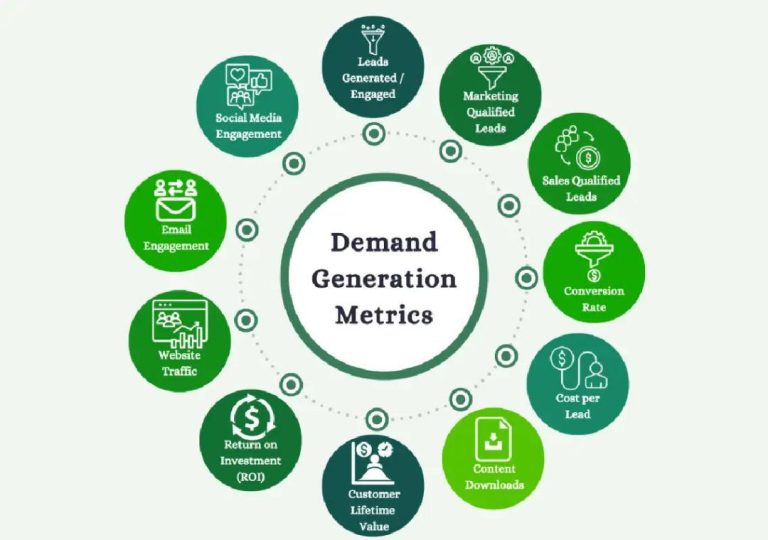
Do User Communities Fuel EdTech Brands?
The EdTech industry is witnessing an unprecedented growth, with an increasing number of startups and established players alike vying for a share of the rapidly expanding market. In this competitive landscape, building a loyal community of users can be a game-changer for EdTech brands. In fact, fostering peer-led communities around learning goals can have a profound impact on engagement, retention, and ultimately, brand growth.
The power of user communities lies in their ability to create a sense of belonging and shared purpose among learners. When individuals come together to achieve a common goal, they form strong bonds and develop a deeper connection with the brand. This, in turn, fosters a sense of loyalty and advocacy, driving word-of-mouth and referrals.
In this blog post, we’ll explore the ways in which user communities can fuel EdTech brands, and provide actionable strategies for building and nurturing these communities.
Why User Communities Matter in EdTech
In EdTech, the traditional model of customer engagement is often limited to one-way communication, where users are bombarded with promotional emails, marketing campaigns, and generic support resources. This approach may generate initial interest but often fails to sustain engagement over time.
In contrast, user communities offer a unique opportunity to create a two-way dialogue between learners and the brand. By providing a platform for users to connect, share knowledge, and collaborate, EdTech brands can create a sense of ownership and investment in the learning process. This, in turn, drives engagement, increases retention, and fosters a loyal community of brand advocates.
Benefits of User Communities in EdTech
So, what are the tangible benefits of building user communities in EdTech? Here are a few key advantages:
- Increased Engagement: User communities create opportunities for learners to connect with one another, share experiences, and collaborate on projects. This fosters a sense of belonging and encourages active participation in the learning process.
- Improved Retention: When learners feel invested in the learning process, they are more likely to complete courses, achieve their goals, and return to the platform for further learning.
- Word-of-Mouth Marketing: Satisfied learners become brand advocates, sharing their positive experiences with others and driving organic growth.
- Real Feedback Loops: User communities provide a platform for learners to provide feedback, suggestions, and insights, helping EdTech brands refine their products and services.
- Increased Referrals: Loyal learners are more likely to refer others to the platform, expanding the brand’s reach and increasing its impact.
Strategies for Building and Nurturing User Communities
So, how can EdTech brands build and nurture these communities? Here are a few actionable strategies:
- Create a Dedicated Forum or Discussion Board: Provide a platform for learners to connect, ask questions, and share knowledge.
- Host Study Groups or Webinars: Organize regular study groups, webinars, or workshops to facilitate collaboration and knowledge-sharing.
- Alumni Networks: Establish alumni networks for graduates of courses or programs, providing a platform for them to connect, network, and share their experiences.
- Gamification and Incentives: Incorporate gamification elements, such as badges, rewards, or leaderboards, to encourage engagement and participation.
- Moderate and Engage: Regularly moderate the community, respond to user feedback, and engage with learners to build trust and foster a sense of ownership.
Case Studies and Examples
Several EdTech brands have successfully leveraged user communities to fuel growth and engagement. Here are a few examples:
- Coursera’s Specializations: Coursera’s Specializations program allows learners to earn a certificate upon completing a series of courses. The platform has created a dedicated discussion board for learners to connect and collaborate, fostering a sense of community and increasing engagement.
- Skillshare’s Community: Skillshare’s community features a dedicated forum, social media groups, and regular meetups, encouraging learners to connect, share their work, and provide feedback.
- edX’s Forums: edX’s forums provide a platform for learners to ask questions, share knowledge, and collaborate on projects, fostering a sense of community and increasing engagement.
Conclusion
In conclusion, building user communities around learning goals is a powerful strategy for EdTech brands seeking to drive engagement, retention, and word-of-mouth marketing. By providing a platform for learners to connect, share knowledge, and collaborate, EdTech brands can create a sense of ownership and investment in the learning process, fostering a loyal community of brand advocates.
As the EdTech industry continues to evolve, the importance of user communities will only continue to grow. By embracing this strategy, EdTech brands can establish a loyal following, drive organic growth, and ultimately, achieve long-term success.
Source:
https://www.growthjockey.com/blogs/brand-growth-strategies-for-ed-tech-companies






